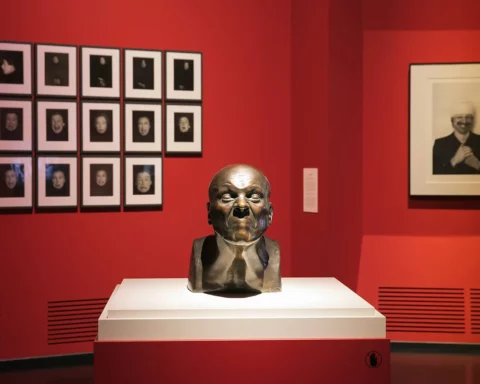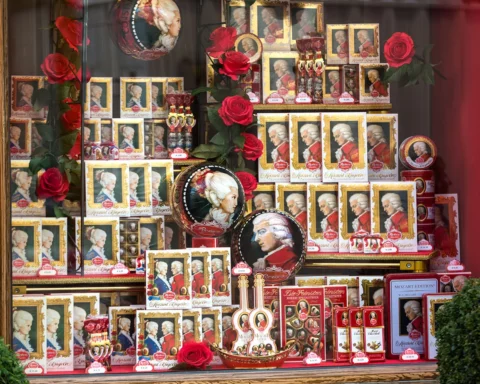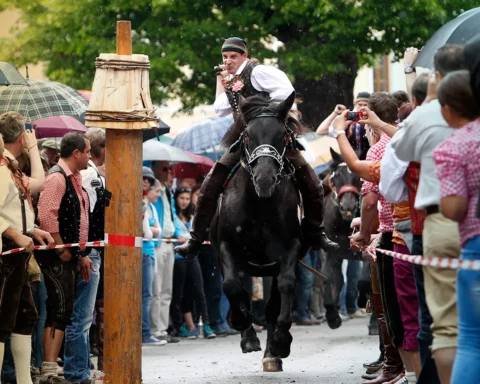Energy drinks have been popular in Asia since the 1960s. Packed with vitamins, caffeine, and other legal stimulants, these little bottles of health tonics have been keeping Japanese, Thais, and Koreans pepped up for decades.
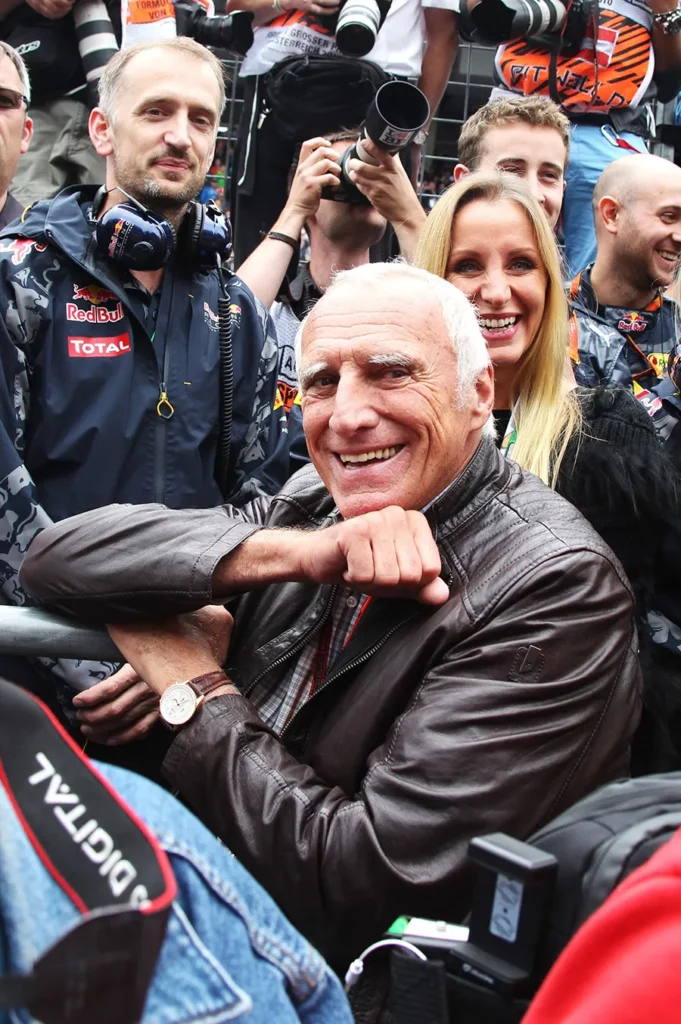
One such drink – ‘Krating Daeng,’ Red Gaur (Indian bison) – caught the eye of Dietrich Mateschitz, an Austrian businessman, when visiting Bangkok in 1982. Impressed by its jetlag-curing properties, he saw an opportunity. Forming a partnership with the Thai drink’s creator, he brought the concept of a caffeinated soft drink back to his home country. Naming it ‘Red Bull,’ he created an entirely new category of drink in Europe.
More than a drink
Red Bull started as a pick-me-up but would eventually become something much, much bigger. Beginning its marketing by giving away free samples at college parties and bars, Red Bull built a growing fan base. But its masterstroke was to generate awareness by becoming involved in sports.
Eight years after it was launched in Austria, Red Bull signed its first two international athletes. Rather than targeting mainstream sports, Red Bull focused its efforts on the more extreme side: MotoGP, NASCAR racing, parkour, surfing, snowboarding, and other more unusual pastimes.
The strategy meant Red Bull became associated with daring, exciting events and stunts; the Red Bull Stratos – when a man jumped from space – is one example. But Red Bull also won fans by creating wacky and fun competitions that were accessible to anyone; the annual Red Bull Soap Box Race or the Goni Pony held in Slovenia, where competitors ascend a high mountain pass on single-gear ‘Rog Pony’ bikes – a beloved brand from Yugoslavian times – in fancy dress.
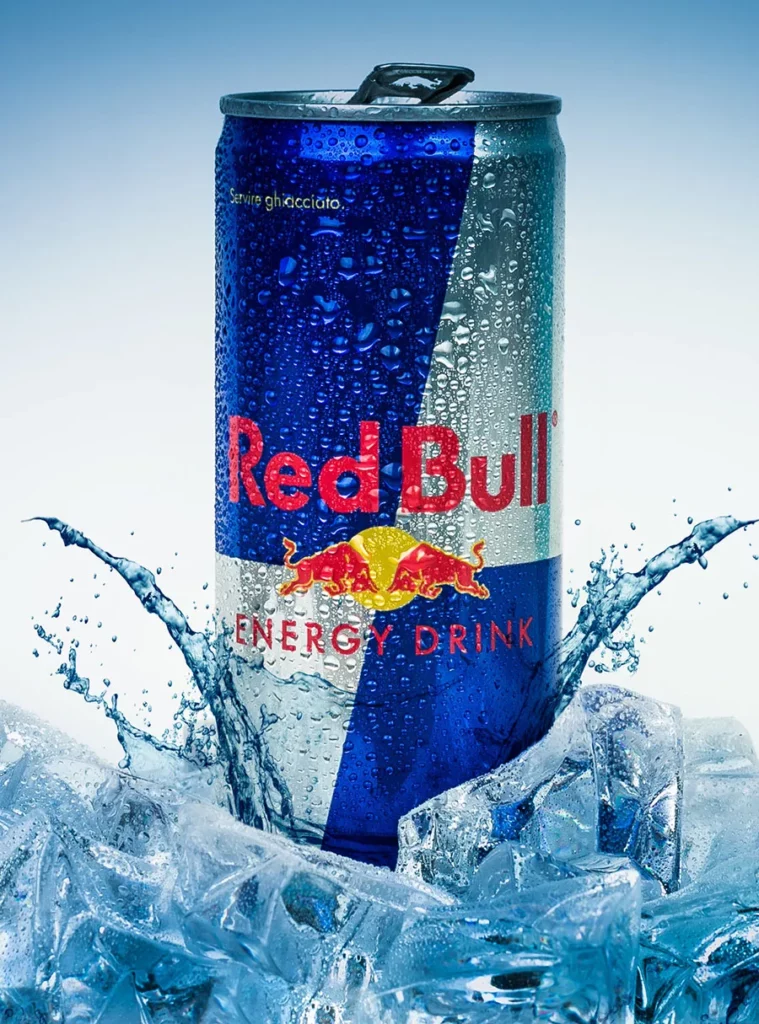
Masters of media
Red Bull’s marketing strategy has clearly worked. Becoming a publisher in their own right, Red Bull controls their own narrative and pulls off spectacles that, in turn, garner further media coverage from other channels. Red Bull is really a media company that happens to sell an energy drink rather than an energy drink company with a content marketing department.
They create vast amounts of film, photography, and real-life events that people want to watch, even if they don’t care about energy drinks. By continuing to attract young adults, the brand maintains its reputation as youthful, cool, daring, and fun.
With the company now turning over some 9 billion euros annually, they are the world’s third most popular soft drink and Austria’s most valuable company. But it’s the fun and events they create that have made them so famous. Expanding into many areas of youth culture – festivals, concerts, and gaming – they fill the year with competitions, special events, and stunts across the world, from Cape Town to Kosovo.
From a drink that was initially banned in some countries to becoming a global brand, Red Bull is truly an Austrian success story.



